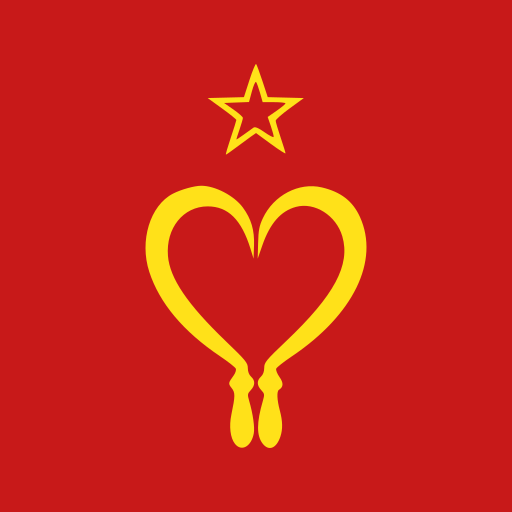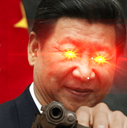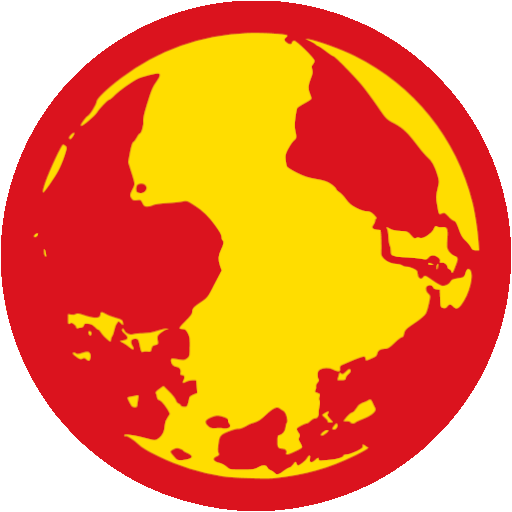

Consider this: Victorian England was the prototypical Capitalist economy, but the entire economy was not subject to the Capitalist mode of production. In parts of the empire, there were still peasants and feudal power structures; some parts of the economy were also government-owned.
What made Victorian England a Capitalist state is that the economy was predominantly Capitalist, and that the Capitalist Class was the one in charge.
In China, the majority of the economy is state-run. The state operates steel mills, mines, and farms (though many farms are also homesteads or cooperatives, from what I understand none are privately owned). Capitalists operate tech firms and consumer good factories.









There are plenty of governments that do that. Cuba, China, Vietnam, Korea, the late Soviet Union.
While Stalinist ultraleft economic policies were not so generous to small businesses, the new Chinese model (which has been adopted by most Socialist states, bar Korea, which hews still to the failed Stalinist model) focuses on nationalization of heavy industry (steel, aggregate, resource extraction, refinery) while allowing consumer goods and small-scale retail to remain in the hands of business owners.
The reason this doesn’t happen in the West or its neocolonies is that it hampers the wealth and resource extraction of the international finance capital class.